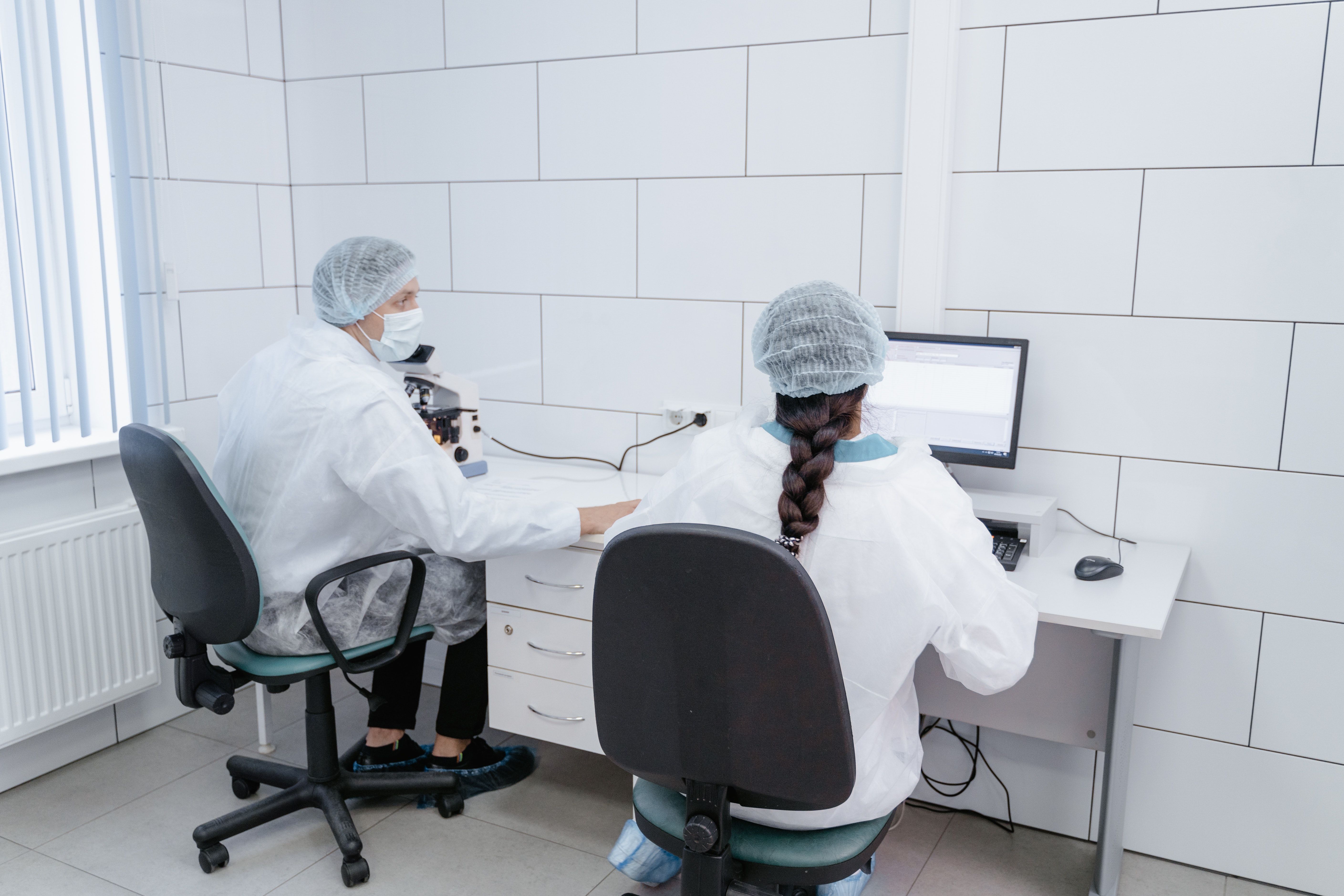Article
Investigators Identify Prevalent C Difficile Genotypes in Slovakia
Author(s):
RT001 and RT176 were the most prevalent C difficile ribotypes found from C difficile isolates using PCR testing.

Certain Clostridioides difficile infection (CDI) genotypes are more prevalent in hospital-acquired infections than others, information that could help identify hypervirulent strains earlier.
A team, led by Elena Novakova, Jessenius Faculty of Medicine in Martin, Comenius University in Bratislava, analyzed the phenotypic and genotypic patterns of C difficile isolates of patients with CDI.
The Problem
While representing the most common nosocomial pathogen and antibiotic-related cause of diarrhea in health care facilities, the rates of C difficile infections have still increased in recent years in Slovakia.
The study included data from patients with CDI from July to August 2016 from hospitals in the Horne Povazie region of northern Slovakia. The investigators also identified hypervirulent strains such as the presence of RT027 or RT176.
“The accurate and fast diagnosis of CDI is essential for optimal patient care and preventing the spread of infection,” the authors wrote. “Diagnostic methods for the identification of different targets determine the presence of free toxins or toxigenic strains in the diarrheal feces.”
Sample Collection
The team collected biological samples of suspected CDI using glutamate dehydrogenase enzyme
(GDH), anaerobic culture, enzyme immunoassay on toxins A/B, multiplex “real-time” polymerase chain reaction (PCR), and PCR capillary-based electrophoresis ribotyping, and by MALDI TOF MS.
The median age of the patient population was 77 years. Samples were taken from patients in internal medicine (n = 29), long-term care (n = 26), and surgery (n = 1), as well as from 4 non-hospitalized patients.
Patients in the study were also hospitalized for a number of comorbid conditions, including cardiovascular (29%), gastro-intestinal (24%), pulmonary (11%), renal (5%) and oncological diseases (1%), as well as other chronic diseases.
Current recommendations for diagnosing CDI include multi-step diagnostic algorithms combining GDH and toxin EIA with PCR, which can be very sensitive to the disease, but do not distinguish between symptomatic CDI and asymptomatic colonization.
Overall, 60 C. difficile isolates included in the studied samples were tested for the presence of toxin genes by multiplex real-time PCR assay.
Prominent Ribotypes
A total of 44 C difficile isolates were identified using PCR ribotyping, with 5 prominent ribotypes—RT001, RT011, RT017, RT081, and RT176.
However, the presence of hypervirulent RT027 was not identified.
RT001, RT011, RT081, and RT176 were deemed susceptible to metronidazole and vancomycin, while RT017 had reduced susceptibility to vancomycin.
There was also not a statistically significant difference between RT001 and RT176, the most prevalent PCR ribotype from both inpatient and outpatient individuals, regarding various variables, including albumin, CRP, creatinine, the length of hospitalizations (P = 0.175), and glomerular filtration (P = 0.05).
“The results of PCR capillary-based electrophoresis ribotyping in the studied samples showed a high prevalence of RT176 and 001,” the authors wrote. “Accurate and fast diagnostics of CDI are essential for optimal patient care and preventing the spread of infection. Laboratory diagnosis involving a high-sensitivity screening assay, followed by a high specificity assay, is important for the treatment and diagnosis of the disease.”
The study, “Diagnostic Methods of Clostridioides difficile Infection and Clostridioides difficile Ribotypes in Studied Sample,” was published online in Antibiotics.





